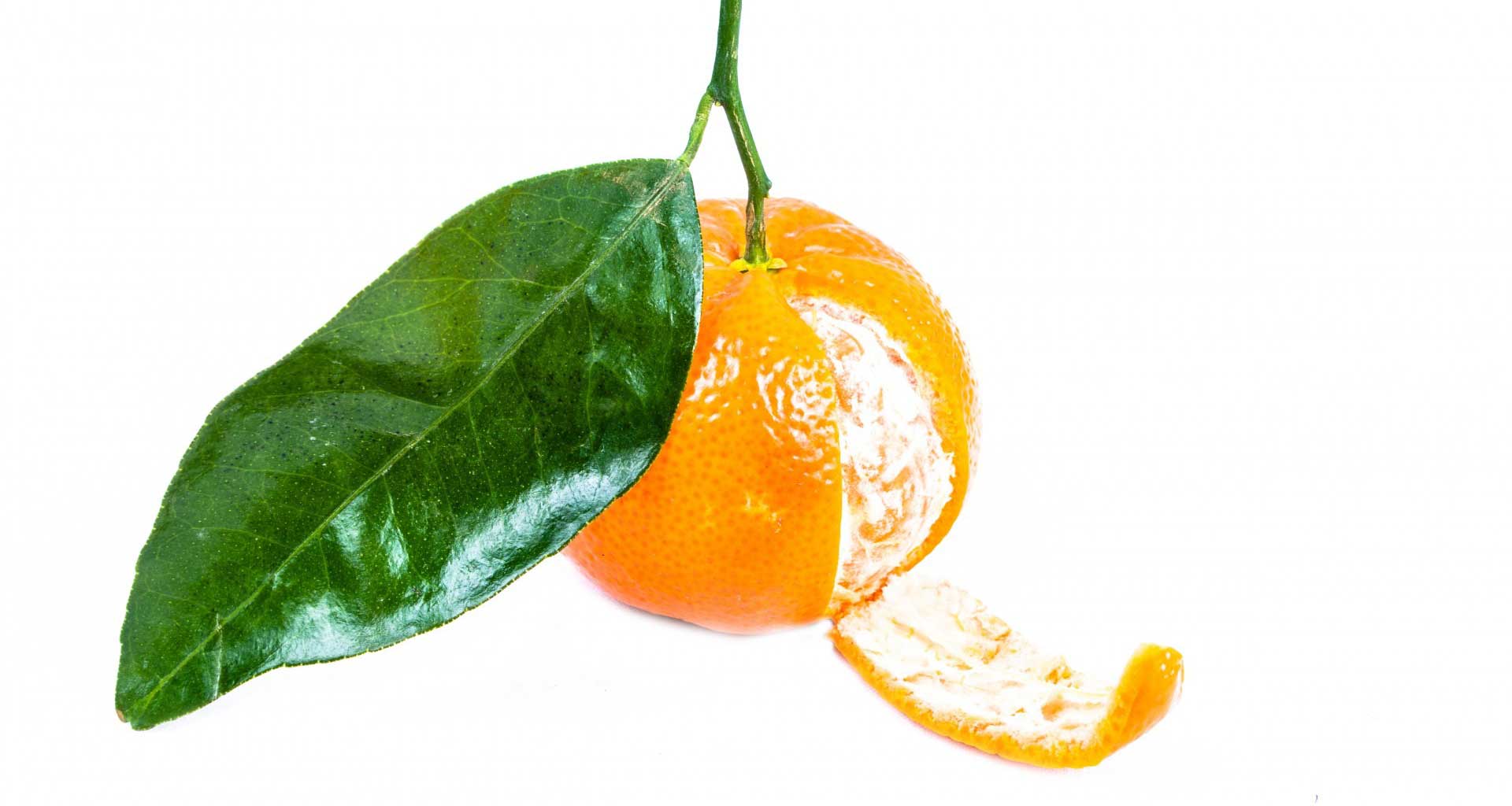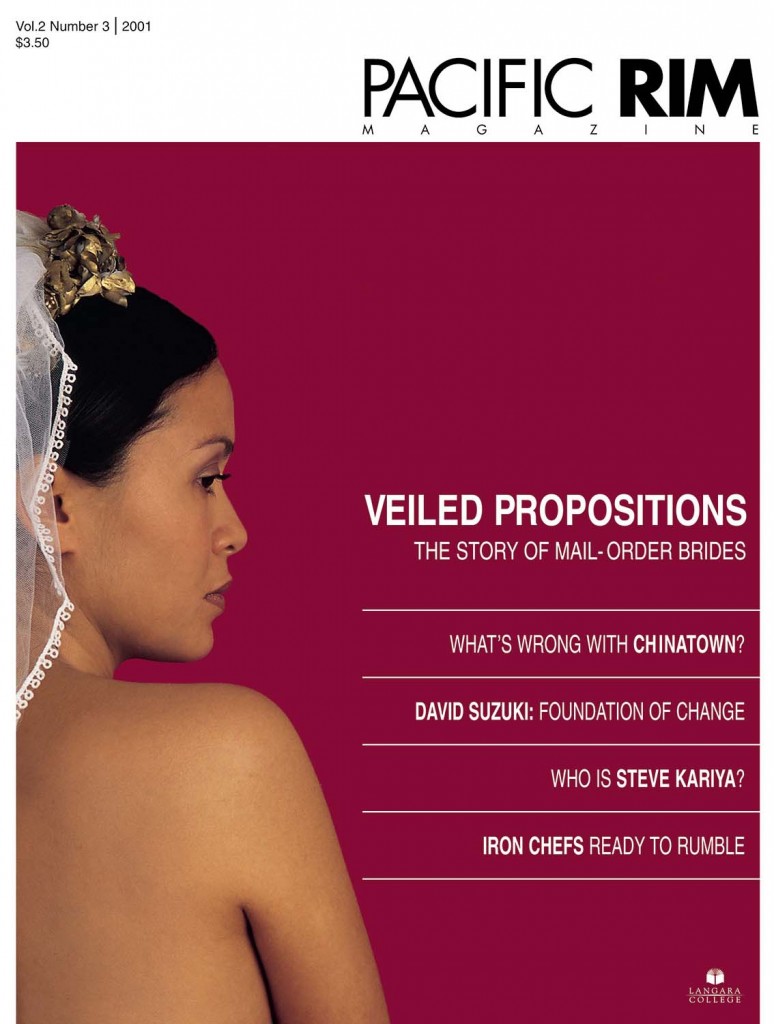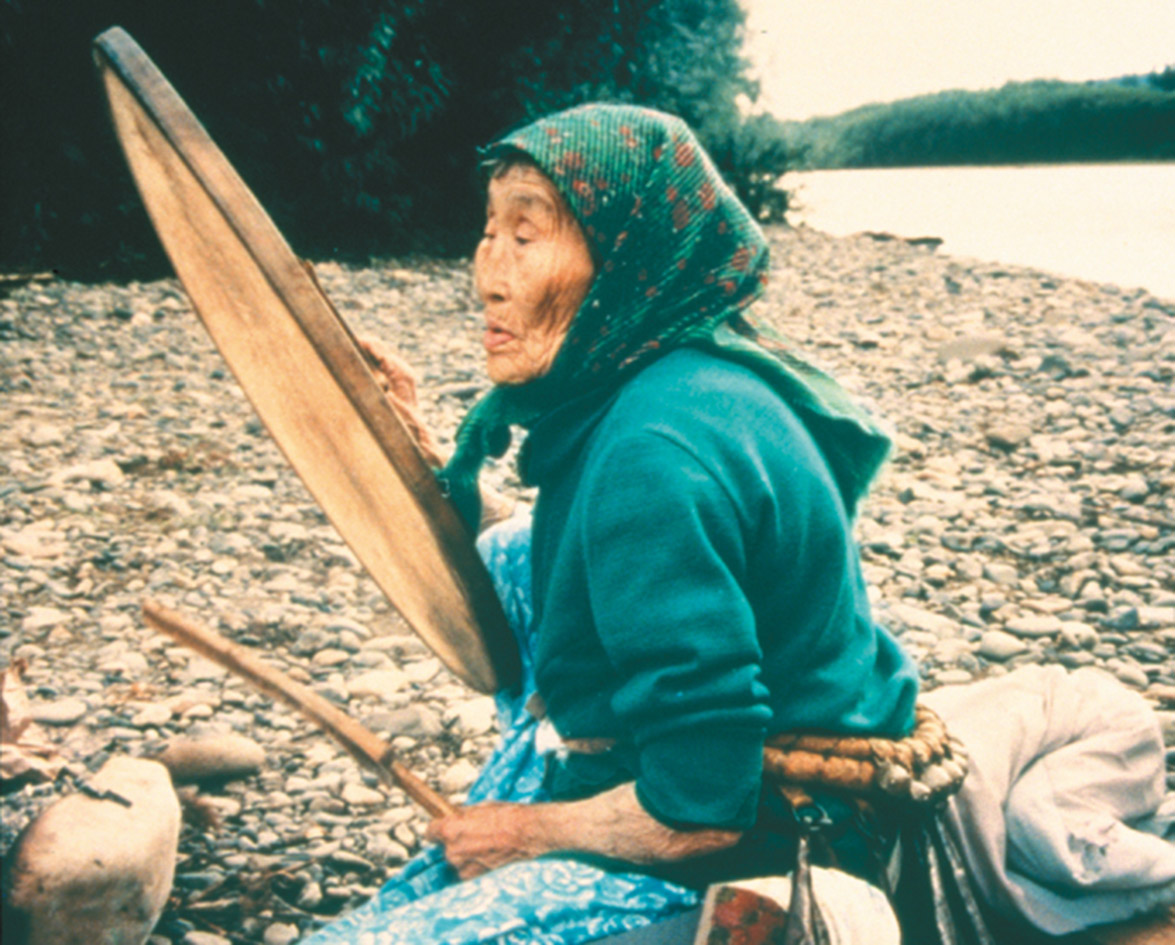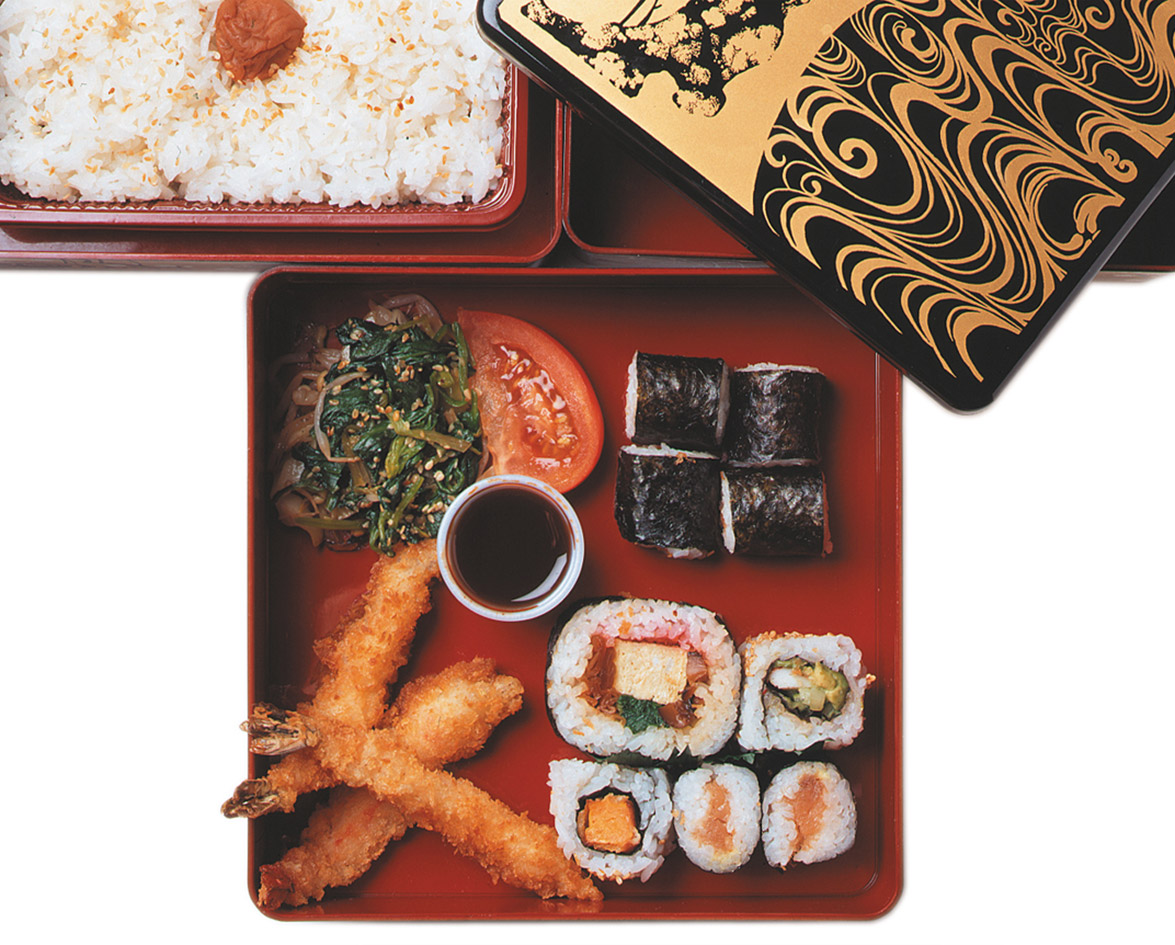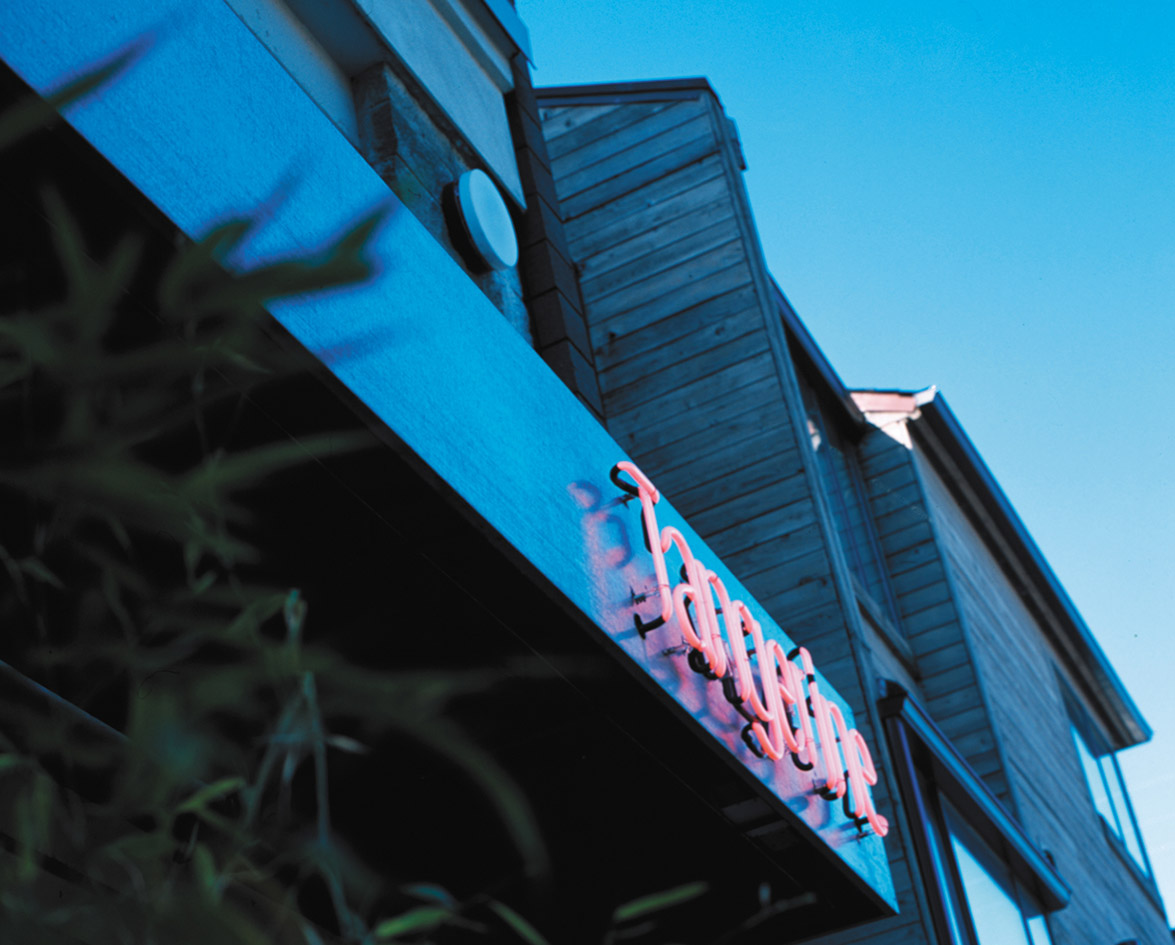Origins fade into the past and the genesis of the mandarin orange is no exception. The first recorded reference to the fruit dates back to the 12th century BC at a site near the Himalayan Mountains.
Perhaps nowhere but its birthplace is the mardarin more celebrated. There it is regarded as a symbol of good fortune and respect. Chinese custom holds that luck will come to the giver of a mandarin orange. Such a gift is traditionally reserved only for family and close friends. Vancouver shopkeeper Lan Quach, originally from Vietnam, says, “If you and I knew each other for a long time, and I came into your house, I would have to give you an orange.”
The mandarin orange tree is native to the Far East, but in the 19th century it was imported to Spain and Italy from Guangzhou. These regions had climates similar to its native land. Even today, Spain remains a world leader in Satsuma mandarin orange production, supplying much of Europe.
One can usually judge ripe mandarins by their vibrant orange colour; healthy firmness is also a good indicator. Some varieties, however, do not turn orange; they remain green on the outside even though the fruit is sweet.
Mandarin orange trees grow in many climate zones, ranging from desert to tropical. From its forgotten beginnings somewhere in Asia, the mandarin species now holds a respected place on every habitable continent of the world.





